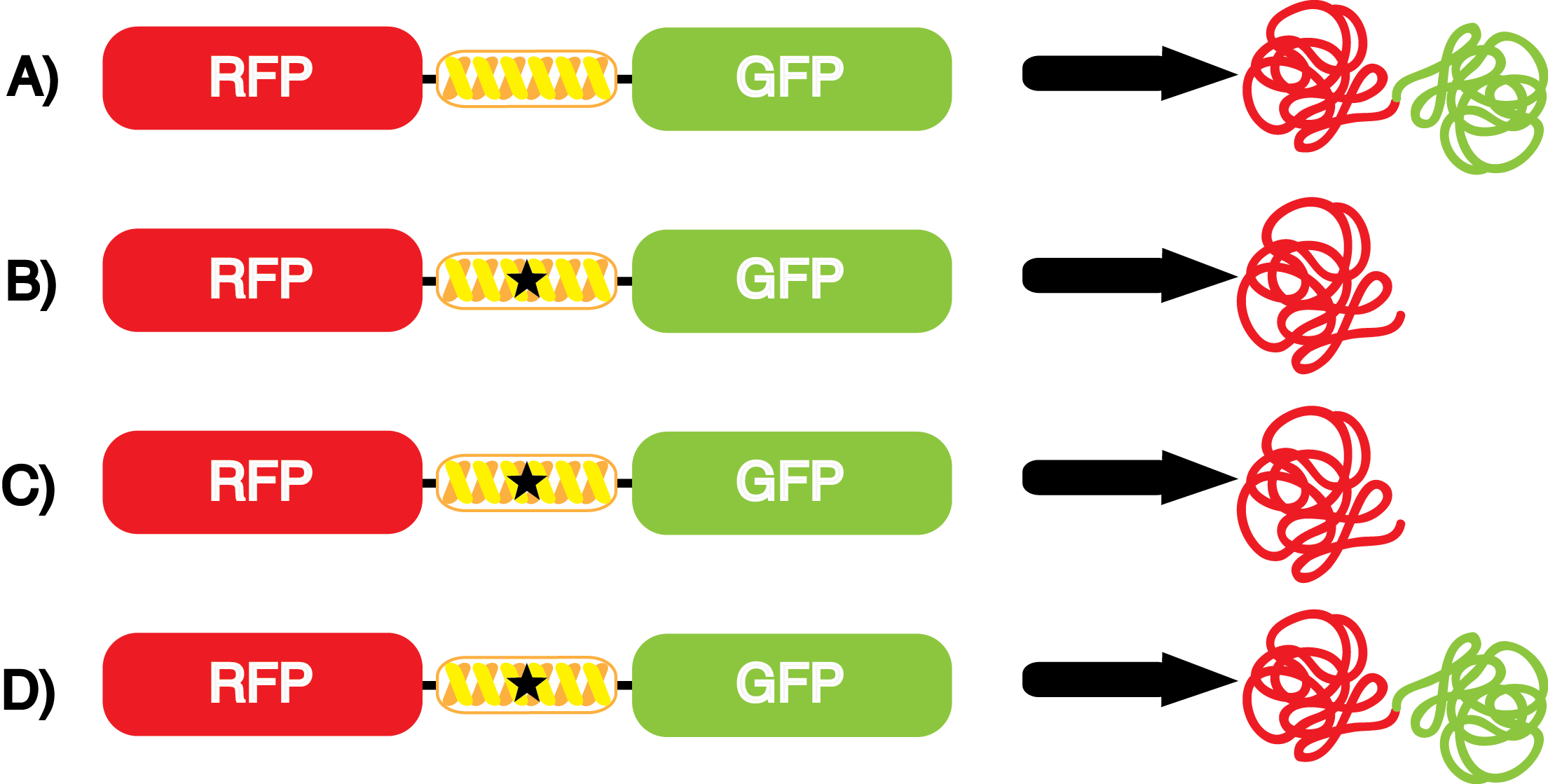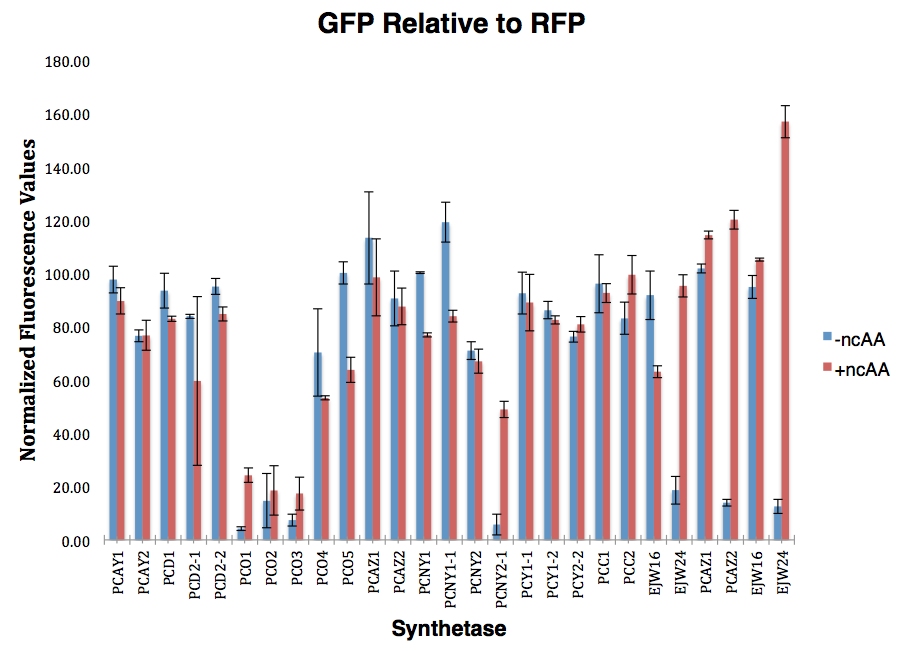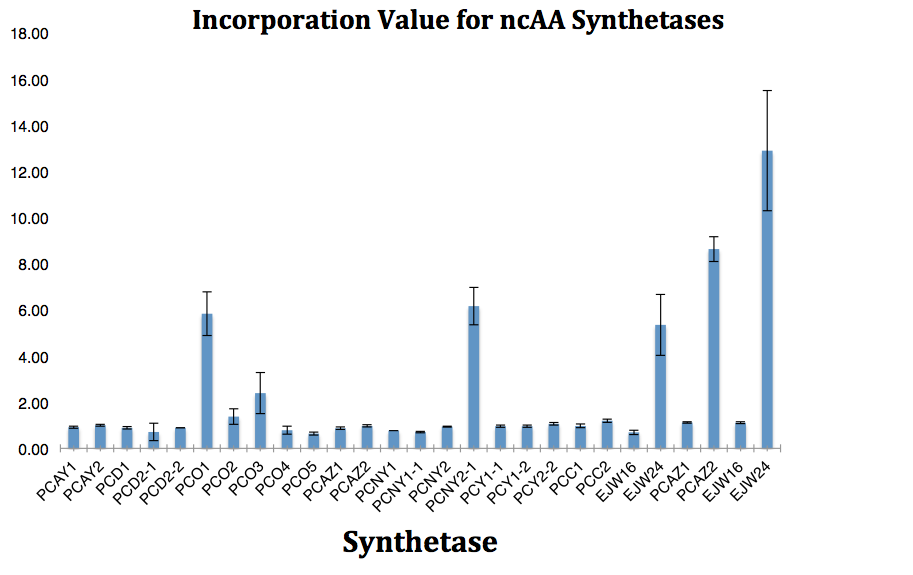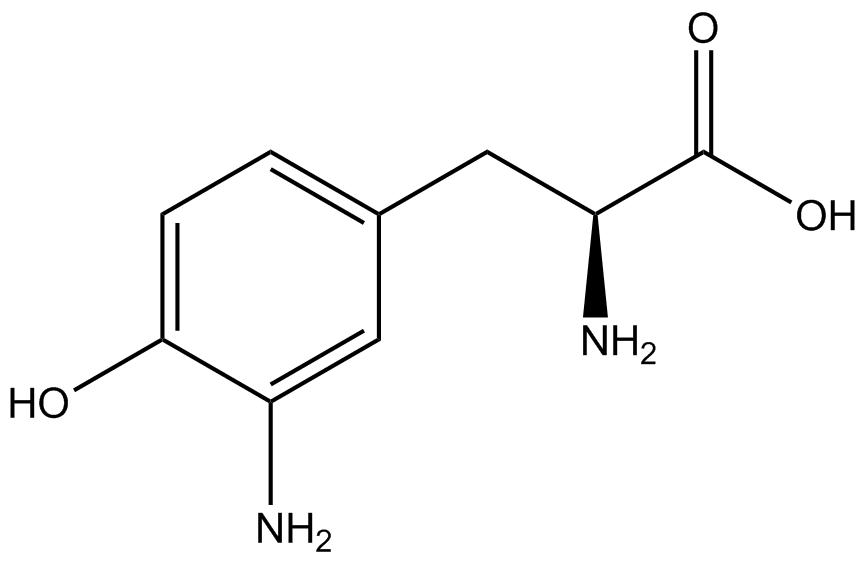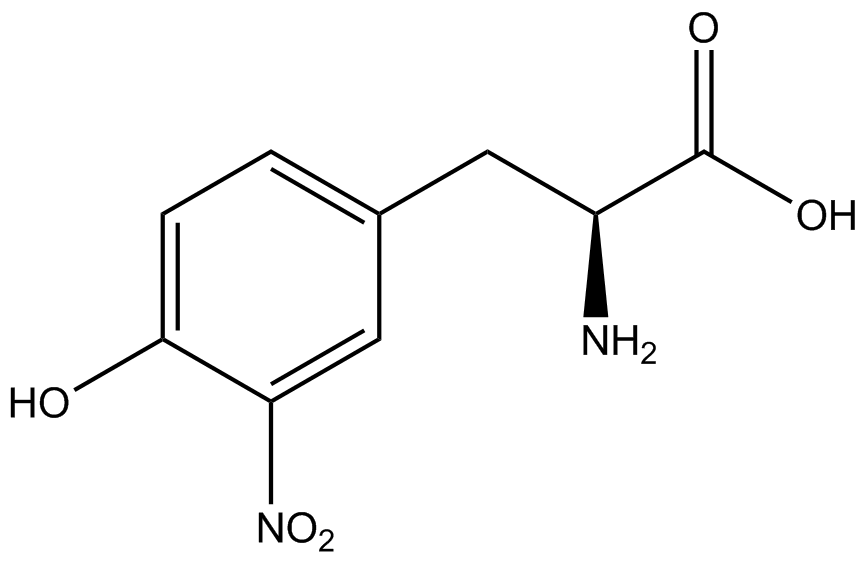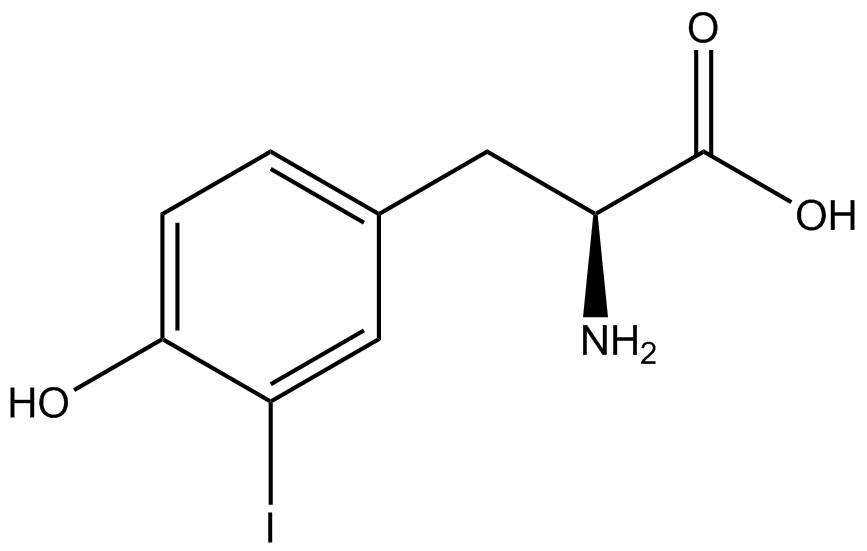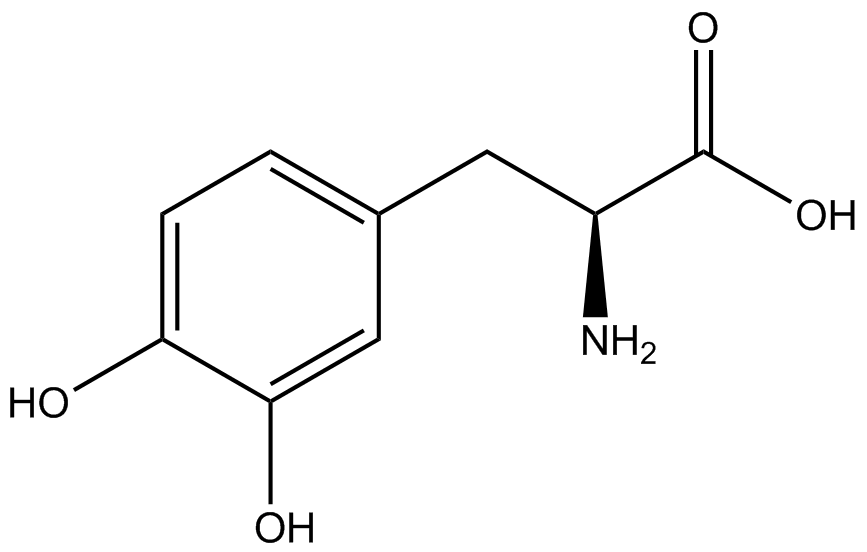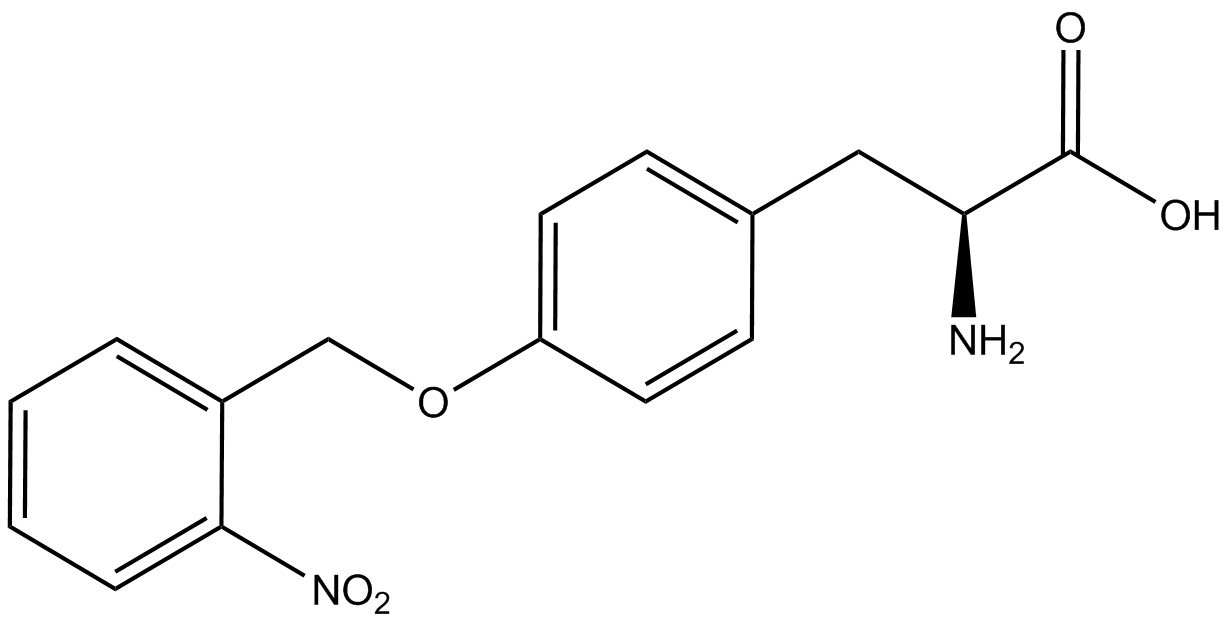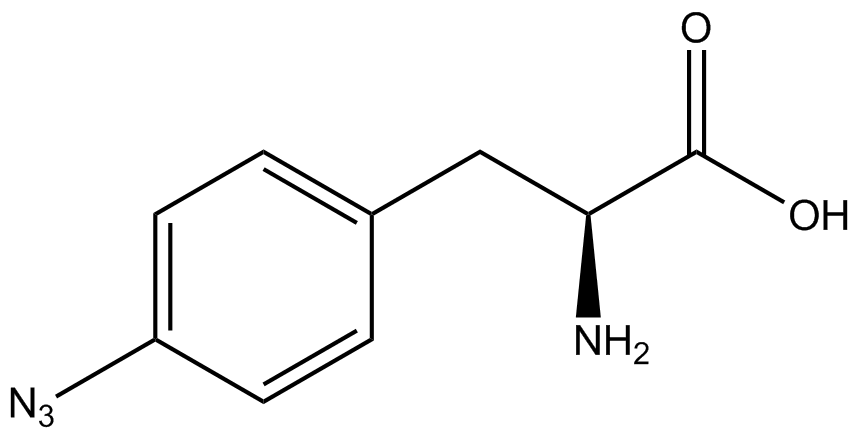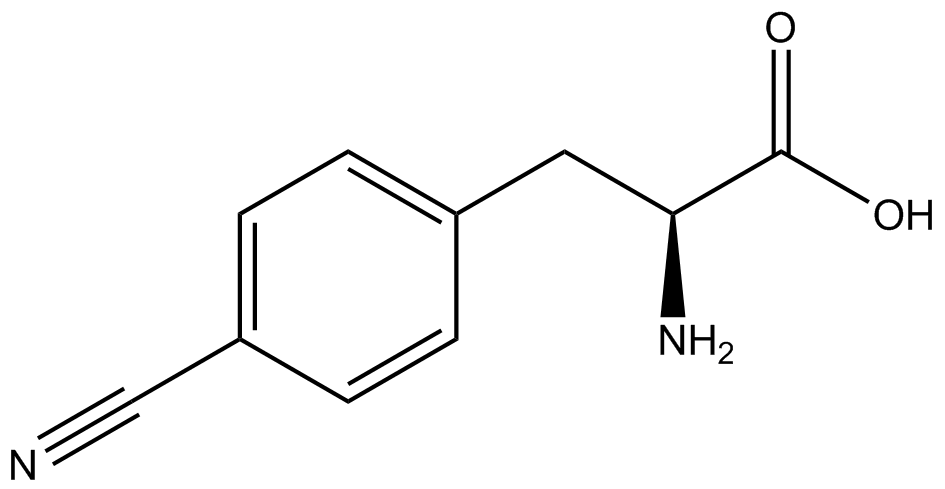Team:Austin Texas/kit
From 2014.igem.org
(→Discussion) |
(→Discussion) |
||
| Line 185: | Line 185: | ||
In general, the presence of ncAAs slowed the growth of Amberless E. Coli. Among the library of tested non-cannonicals, ONBY and 3-iodotyrosine slowed growth the most, especially ONBY. For consistency, cultures grown with ONBY required nearly twice the amount of time before reaching the appropriate OD 600 for measurement. Despite these inhibitions, the ONBY synthetase/tRNA pair proved to be one of the most efficient pairs tested. | In general, the presence of ncAAs slowed the growth of Amberless E. Coli. Among the library of tested non-cannonicals, ONBY and 3-iodotyrosine slowed growth the most, especially ONBY. For consistency, cultures grown with ONBY required nearly twice the amount of time before reaching the appropriate OD 600 for measurement. Despite these inhibitions, the ONBY synthetase/tRNA pair proved to be one of the most efficient pairs tested. | ||
| + | |||
Influences that resulted from ncAA addition that were accounted for and should be noted include: light-sensitivity, oxidation, and interference with fluorescence readings. Certain ncAAs were protected from light due to their light-sensitive molecular structures such as ONBY and AZY. These ncAAs were prepared in a dark room and wrapped in foil. All cultures were grown in a foil-wrapped incubator for consistency. Some ncAAs are more prone to oxidation specifically as L-dopa. When oxidized, the solution turns black. To prevent oxidation, each ncAA was prepared the day of the test for consistency. By this method, the oxidation of L-dopa did not occur quickly enough to have an affect on the data. Most non-canonical solutions were transparent once prepared with the exception of 3-nitrotyrosine. | Influences that resulted from ncAA addition that were accounted for and should be noted include: light-sensitivity, oxidation, and interference with fluorescence readings. Certain ncAAs were protected from light due to their light-sensitive molecular structures such as ONBY and AZY. These ncAAs were prepared in a dark room and wrapped in foil. All cultures were grown in a foil-wrapped incubator for consistency. Some ncAAs are more prone to oxidation specifically as L-dopa. When oxidized, the solution turns black. To prevent oxidation, each ncAA was prepared the day of the test for consistency. By this method, the oxidation of L-dopa did not occur quickly enough to have an affect on the data. Most non-canonical solutions were transparent once prepared with the exception of 3-nitrotyrosine. | ||
Revision as of 23:45, 14 October 2014
|
 "
"


